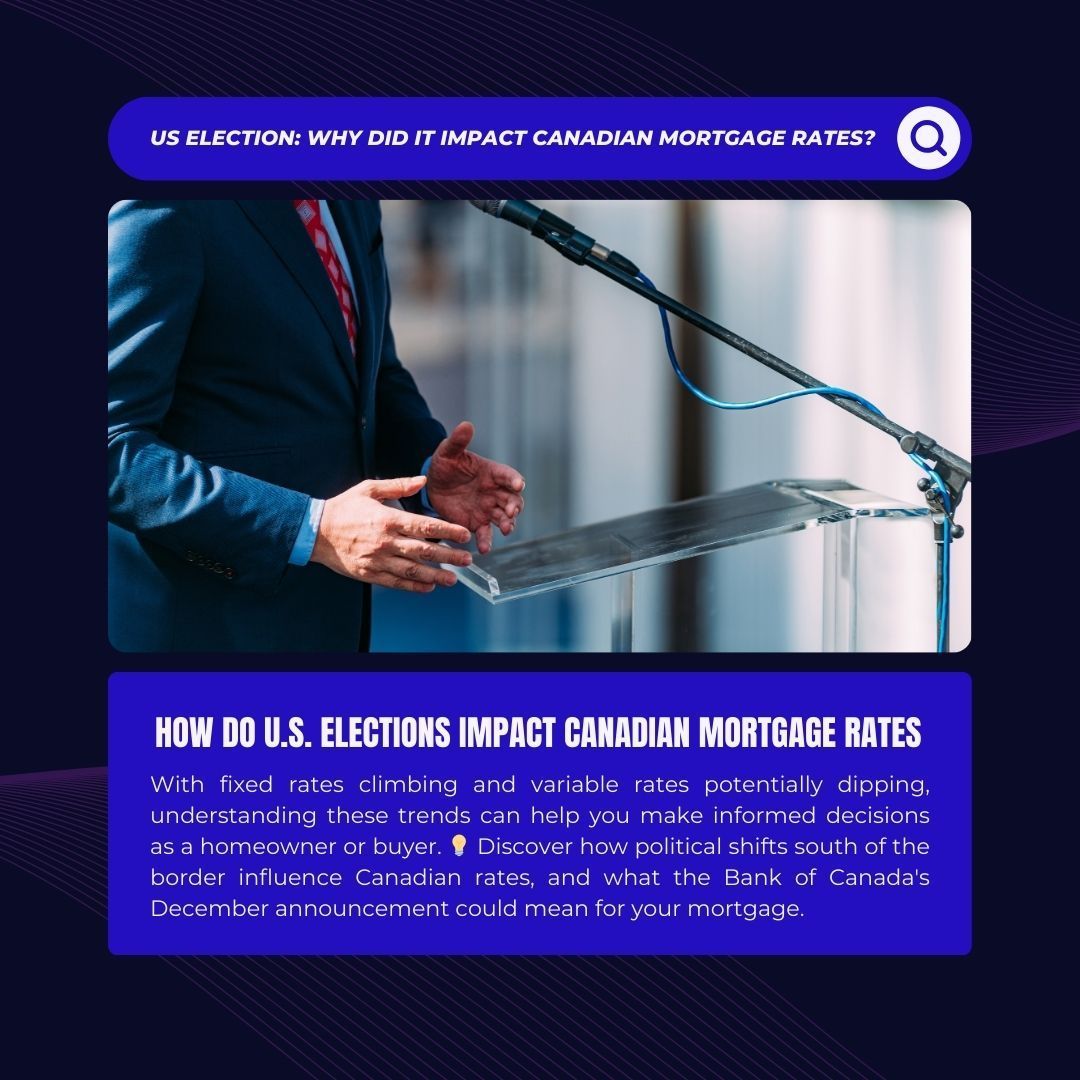Understanding 30-Year Amortizations: What Mortgage Brokers and Clients Need to Know
When it comes to financing a home, amortization is a key term mortgage brokers often discuss with their clients. While shorter amortization periods are common in Canada, the concept of a 30-year amortization has gained traction among some buyers and brokers. This blog dives into what it is, its benefits, its drawbacks, and when it might make sense for you or your clients.

What is a 30-year Amortization?
In simple terms, amortization refers to the length of time it takes to pay off a mortgage in full, assuming consistent payments and no refinancing. A 30-year amortization means spreading out payments over 30 years, resulting in smaller monthly obligations. However, this also increases the total interest paid over the life of the loan compared to shorter amortizations like 25 or 20 years.
While this structure can be attractive to buyers looking for lower monthly payments, it’s important to weigh the trade-offs carefully.
The Pros of a 30-Year Amortization
1. Lower Monthly Payments
Spreading payments over 30 years reduces the financial strain of high monthly payments. This can be especially appealing for first-time buyers or those purchasing in high-priced markets.
2. Improved Affordability
Lower monthly payments might enable buyers to qualify for larger loans, opening up more options in competitive real estate markets.
3. Flexibility in Cash Flow
With smaller payments, borrowers may have more room in their budgets to save, invest, or handle other expenses.
4. Short-Term Financial Security
During uncertain times or economic downturns, the ability to reduce out-of-pocket costs can provide peace of mind for homeowners.
The Cons of a 30-Year Amortization
1. Higher Total Interest Costs
Extending a mortgage term means paying significantly more interest over time. This is a crucial factor for brokers to highlight to clients.
2. Slower Equity Growth
With lower monthly payments, the principal portion of each payment is smaller, which means it takes longer to build equity in the home.
3. Potential for Financial Complacency
While lower payments may ease the initial burden, it’s important to help clients avoid becoming too comfortable and neglecting long-term financial planning.
When Does a 30-Year Amortization Make Sense?
A 30-year amortization isn’t for everyone, but there are scenarios where it can be a practical choice:
- First-Time Buyers: Those entering the housing market for the first time may find this option helpful in managing affordability.
- High-Cost Real Estate Markets: Buyers in cities like Vancouver or Toronto might rely on the longer term to make homeownership attainable.
- Temporary Financial Flexibility: For buyers anticipating income growth in the future, starting with lower payments can provide breathing room.
- Strategic Investors: Real estate investors may opt for longer amortizations to maximize cash flow on rental properties.
Tips for Mortgage Brokers
1. Educate Your Clients
Not all clients understand the implications of a longer amortization. Use simple examples to show how the total interest adds up over time.
2. Promote Financial Literacy
Encourage clients to consider prepayments or higher regular payments to reduce overall costs. Highlight tools like amortization calculators to explore scenarios.
3. Stay Informed on Policy Changes
Changes in regulations or lender policies may affect the availability of 30-year amortizations. Be sure to provide clients with the most up-to-date advice.
4. Discuss Alternatives
Explore other strategies that might achieve similar goals, such as adjustable-rate mortgages or combining longer terms with lump-sum payments.
How My Broker Pro Can Help
For brokers, explaining concepts like 30-year amortizations effectively is key to earning trust and building relationships. My Broker Pro provides tools and resources that make client communication seamless:
- Customizable content templates for emails, blogs, and social media.
- Automated campaigns to educate clients on mortgage options.
- Interactive calculators to help clients visualize their financial plans.
Conclusion
A 30-year amortization offers flexibility but comes with trade-offs that require careful consideration. Mortgage brokers play a vital role in guiding clients through this decision by balancing affordability with long-term financial health.
Ready to help your clients make informed choices? Start the conversation about 30-year amortizations today!








All Rights Reserved | The Mortgage Centre - Elite | Privacy Policy
Website produced by Evolv Digital Marketing Inc.


